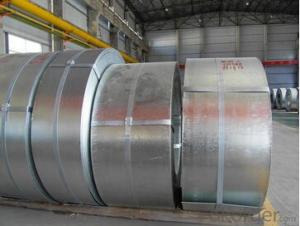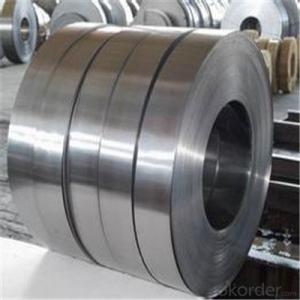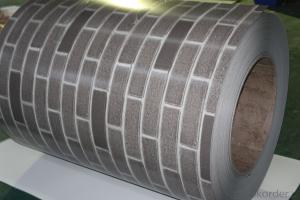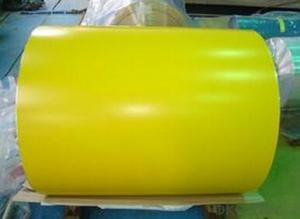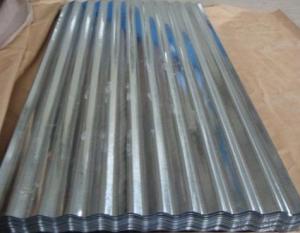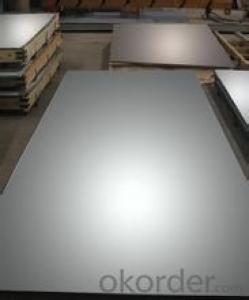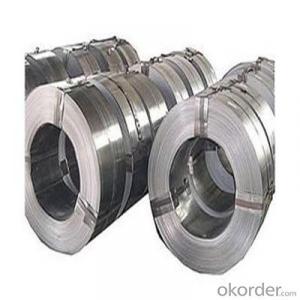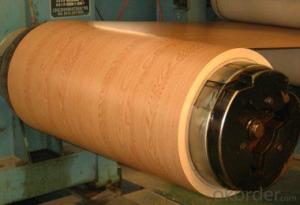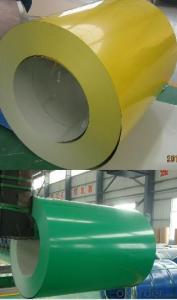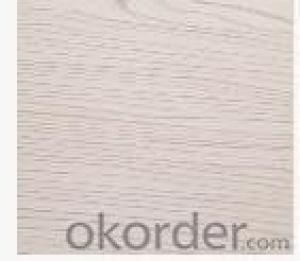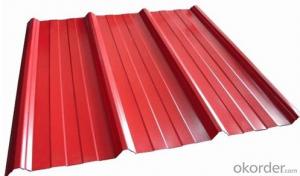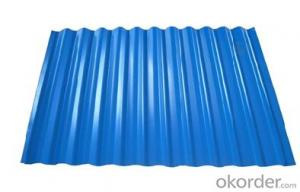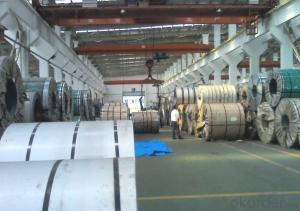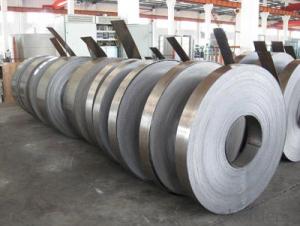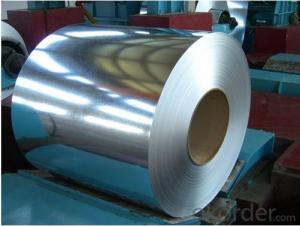All Categories
- - Steel Wire Rod
- - Steel Coils
- - Steel Profiles
- - Steel Pipes
- - Stainless Steel
- - Tinplate
- - Special Steel
- - Steel Sheets
- - Steel Rebars
- - Steel Strips
- - Hot Rolled Steel
- - Cold Rolled Steel
- - Pre-painted Steel
- - Seamless Steel Pipe
- - Welded Steel Pipe
- - Hollow Steel Tubes
- - Galvanized Pipe
- - Stainless Steel Coil
- - Stainless Steel Sheet
- - Stainless Steel Plate
- - Stainless Steel Strips
- - Electrolytic Tinplate Coil
- - Electrolytic Tinplate Sheet
- - Stainless Steel Rebars
- - Solar Panels
- - Solar Water Heater
- - Solar Related Products
- - Solar Inverter
- - Solar Cells
- - Solar Light
- - Solar Energy Systems
- - Solar Controllers
- - Solar Mounting System
- - Solar Pump
- - Solar Chargers
- - Fiberglass Chopped Strand
- - Fiberglass Mesh Cloth
- - Composite Pipes
- - FRP Pultrusion Profiles
- - Fiberglass Mat Tissue
- - Fiberglass Fabrics
- - Fiberglass Mesh
- - Composite Tank
- - Fiberglass Mesh tape
- - Polymer
- - FRP Roofing Panel
- - Fiberglass Roving
- - Monolithic Refractories
- - Ceramic Fiber Products
- - Refractory Bricks
- - Raw Materials For Refractory
- - Suspended Platform
- - Cranes
- - Concrete Machinery
- - Earthmoving Machinery
- - Building Hoist
- - Road Building Machinery
- - Plastic Pipe Fittings
- - Plastic Tubes
- - Plastic Sheets
- - Agricultural Plastic Products
- - Plastic Nets
 All Categories
All Categories
Q & A
What are the specifications for steel strips used in the manufacturing of nuts and bolts?
The specifications for steel strips used in the manufacturing of nuts and bolts typically include criteria such as the desired thickness, width, and composition of the steel. Additionally, specifications may include requirements for the surface finish, hardness, and tensile strength of the steel strips to ensure the desired performance and durability of the nuts and bolts.
What is the process of tension leveling, and how does it improve steel strip flatness?
Tension leveling is a metal processing technique used to improve the flatness and shape of steel strips. The process involves passing the steel strip through a series of roller sets while applying tension to the strip. This tension helps to stretch the material and remove any inherent stresses or distortions present in the strip.
During tension leveling, the roller sets are strategically positioned to flex the steel strip in various directions. This controlled flexing helps to redistribute the stresses across the strip and ensures a more uniform flatness. By subjecting the strip to tension and flexing, tension leveling eliminates or reduces the waviness, buckles, and shape variations that may occur during the manufacturing or handling process.
Overall, tension leveling enhances the flatness and shape control of steel strips, making them more suitable for applications that require precise dimensions and consistent surface quality. This process is commonly used in industries such as automotive, aerospace, and construction, where flatness and dimensional accuracy are critical for the performance and aesthetics of the final products.
How do steel strips support the creation of high-tensile cables and ropes for bridge construction and maintenance?
Steel strips support the creation of high-tensile cables and ropes for bridge construction and maintenance by providing strength, durability, and flexibility. These strips are used as the core material for the cables and ropes, enabling them to withstand heavy loads and extreme tension. The high-tensile strength of steel makes it ideal for bridge applications, as it ensures the cables and ropes can safely support the weight of the bridge and handle dynamic forces such as wind and vibrations. Additionally, the malleability and ductility of steel allow for easy fabrication and installation of the cables and ropes, making it a preferred choice in bridge construction and maintenance.
What is the weight range for steel strips?
The weight range for steel strips can vary depending on the specific type and dimensions, but typically they can range from a few kilograms to several tons.
Wholesale Steel Strips from supplier in Finland
Whether you are in need of cold-rolled steel strips, hot-rolled steel strips, or galvanized steel strips, we have the expertise to meet your specific requirements. Our team of experienced professionals is dedicated to delivering high-quality products and exceptional customer service.
In addition to our sales and quotation services, we also provide technical support to assist you in selecting the most suitable steel strips for your applications. Our experts can guide you through the process, offering valuable advice and recommendations based on your project's needs.
As a subsidiary of CNBM, a Fortune Global 500 company with a strong global presence, we have access to a vast network of suppliers and manufacturers. This allows us to offer competitive prices and ensure a reliable supply chain for our customers in Finland.
We understand the unique challenges and requirements of the Finnish market, and our extensive market experience enables us to provide valuable insights and expertise. Whether you are involved in construction, manufacturing, or any other industry that requires steel strips, we can tailor our services to meet your specific needs.
When you choose us as your steel strips supplier in Finland, you can expect professionalism, efficiency, and a commitment to delivering the highest quality products. Contact us today to discuss your requirements and let us help you find the perfect steel strips solution for your projects.
In addition to our sales and quotation services, we also provide technical support to assist you in selecting the most suitable steel strips for your applications. Our experts can guide you through the process, offering valuable advice and recommendations based on your project's needs.
As a subsidiary of CNBM, a Fortune Global 500 company with a strong global presence, we have access to a vast network of suppliers and manufacturers. This allows us to offer competitive prices and ensure a reliable supply chain for our customers in Finland.
We understand the unique challenges and requirements of the Finnish market, and our extensive market experience enables us to provide valuable insights and expertise. Whether you are involved in construction, manufacturing, or any other industry that requires steel strips, we can tailor our services to meet your specific needs.
When you choose us as your steel strips supplier in Finland, you can expect professionalism, efficiency, and a commitment to delivering the highest quality products. Contact us today to discuss your requirements and let us help you find the perfect steel strips solution for your projects.
